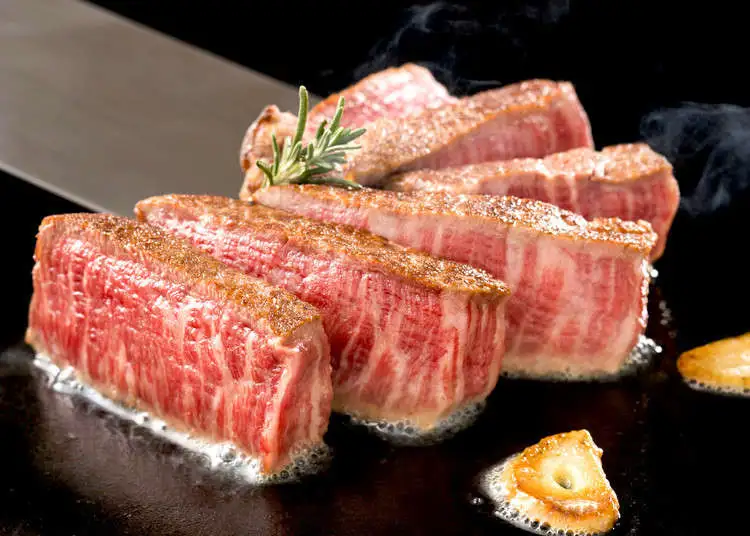Kobe Wagyu, often hailed as the pinnacle of beef perfection, is a delicacy revered by food enthusiasts worldwide. Renowned for its unparalleled marbling, tenderness, and flavor, Wagyu represents the apex of Japanese culinary craftsmanship. In this article, we’ll explore the origins, characteristics, and cultural significance of Kobe Wagyu bee
Massaman Curry Menggoda Lidah dengan Kelezatan: Eksplorasi Rasa Thailand yang Kaya
Massaman Curry menjadi salah satu hidangan paling dicari di dunia kuliner? Di balik kelezatannya yang memikat, Massaman Curry menyimpan sejarah dan cita rasa yang kaya. Dalam artikel ini, kita akan memperkenalkan Anda pada keajaiban rasa Massaman Curry, dari sejarahnya yang kaya hingga cara memasaknya dengan sempurna. Asal-usul Sejarah Massaman Cur
Defender 2025: Astonishing Luxury & Unstoppable Adventure
The redesigned 2025 Land Rover Defender is crafted to push boundaries and blast past limits. This latest iteration of the iconic SUV builds upon a rich legacy of conquering the world’s toughest terrain with enhancements that heighten performance, amplify comfort, and strengthen connectivity. Whether traversing uncharted backcountry trails or
Gunung Pilatus Mengenal: Keindahan Alami dan Petualangan yang Mengagumkan
Gunung Pilatus adalah salah satu ikon alam yang paling menakjubkan di Swiss. Terletak di dekat kota Lucerne, gunung ini menawarkan pemandangan luar biasa dan petualangan yang tak terlupakan bagi para pengunjung. Sejarah Gunung Pilatus: Legenda dan Fakta yang Menyelimuti Keangkerannya Dalam sejarahnya, Gunung Pilatus dipenuhi dengan legenda dan fakt
CLE 53 Cabriolet: Absolutely Exhilarating Luxury Performance
The luxury automotive industry was patiently waiting for the release of the 2025 Mercedes-AMG CLE 53 Cabriolet, and it is safe to say that the model exceeded everyone’s wildest expectations. The model represents another testimony of Mercedes-Benz’s tradition of excellence with the synergy of a high-end convertible and the dynamic performance of the





